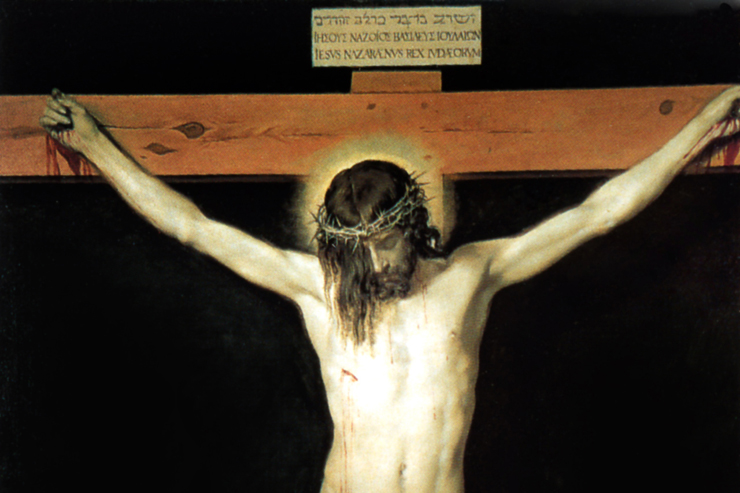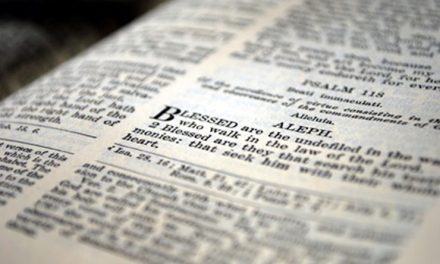As the Year of Mercy comes to a close in Rome and throughout the world, there is a tendency to move onto the next thing. Throughout this year, I’ve gotten the question numerous times: “What’s the theme next year?” First, this year has been an extraordinary Jubilee Year, during which unique graces have been made available to us in extraordinary ways. When the Holy Doors close in St. Peter’s, they will be bricked up, not to be opened again until (presumably) the year 2025. This was not simply a year dedicated to a particular theme, such as the Year of Faith. Secondly, while we’ve recently had the Year of Faith and the Year of Consecrated Life, the Church does not necessarily designate a theme every year.
Yes, there’s a tendency to close the Year of Mercy and move on to the next thing. I pray we don’t. Mercy isn’t just a theme for a year. The Pope didn’t just call the Year of Mercy so that for a single year he could have more General Audiences, meet with more people, and use the theme in his homilies and addresses. It was not just a theme to guide our conferences, annual gatherings, and strategic planning. It’s not a passing fad.
It is a way of life.
By his example, Pope Francis has taught us this year what mercy looks like. It looks like meeting with prisoners and those who have hurt us. Not to condone what they have done, but to acknowledge their suffering, their pain, and help them begin again. It looks like feeding the poor and clothing the naked. Not because we can erase all suffering in this world, but because we can alleviate it and share in it. It looks like drying the tears of those who need consolation. Not to ignore the reasons for their pain, but to bring them hope. It looks like a priest—a Pope—sitting in a confessional, waiting to welcome us back.
It looks like building bridges, as his name—Pontifex Maximus—reminds us. The great bridge builder. It means building bridges to reach out to those who are in need of love and in need of Christ.
As we are all well aware, there is deep division in our culture and in our world. This division has a root: sin. All division stems from a choice to turn away from God. It can multiply and spread throughout the centuries and through families. But all division can be traced back to sin. It’s been the story since that fateful day in the Garden of Eden.
All division has a root, but it also has an answer. That answer isn’t the modern “virtue” of tolerance, or simply looking the other way and shrugging off the sin. No, the answer to that division is mercy. And mercy comes to us from the Cross.
Mercy is not saying that sin and division isn’t a big deal. Sin is a big deal. Look at a crucifix and try to say that sin isn’t a big deal.
But there is an answer. Christ took upon that division upon himself. Not because we deserved it. But because he loves us.
That is mercy.
There is someone in your life that requires mercy. Not because they deserve it. But because you are called to love them. One by one, we can heal the divisions in this culture and in the world—if we are just willing to show mercy.
Will we just leave the Year of Mercy behind to move onto the next thing? Will it be simply a passing fad? Or is it a clarion call that can’t be ignored? It’s up to you.















